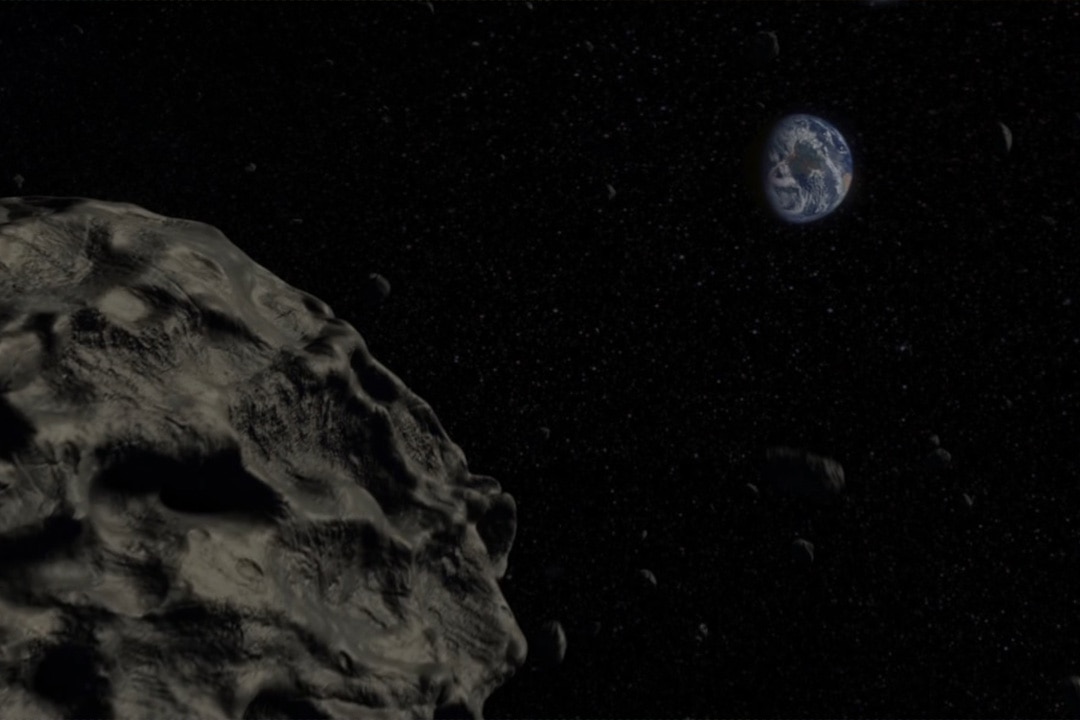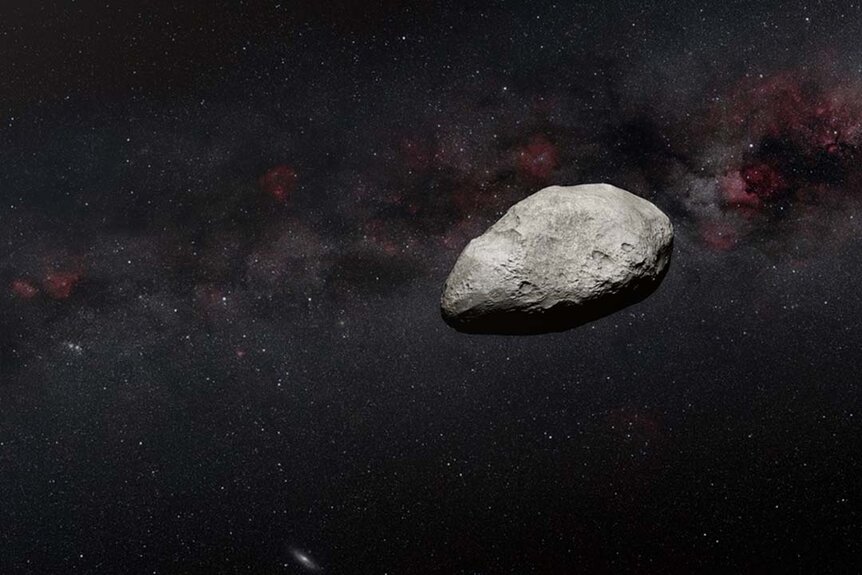Create a free profile to get unlimited access to exclusive videos, sweepstakes, and more!
JWST accidentally discovered a new asteroid during MIRI calibration
Surprise!

There is plenty to be afraid of in this world, there are cocaine addled bears and the potential threat of increasingly intelligent machines, but at least those are terrestrial concerns. They are the sorts of problems we create and, hopefully, find our way through. But there are other threats, the kind which are natural, unpredictable, and deadly.
While earthquakes, tornadoes, and tsunamis can cause horrible devastation, only the asteroid threatens to wipe out our entire species and maybe even all life on the planet. That’s the situation which threatens the planet in Asteroid vs. Earth, streaming now on Peacock. When a wave of asteroids threatens the planet, a team comes together in a last ditch effort to save the world, not by destroying the impactors but by moving the Earth out of the way. It’s the kind of hail Mary that can only work in the movies; in the real world it helps to know where the asteroids are in advance.
RELATED: Could Knock at the Cabin’s Pacific Northwest tsunami really happen?
Fortunately, the search for asteroids just got a little bit easier, thanks to an unintended benefit of the James Webb Space Telescope. In addition to peering into the deepest recesses of the observable universe and taking stunning images of nearby planets, the JWST recently discovered its first asteroid, and it was totally by accident. The results of the study were recently published in the journal Astronomy & Astrophysics.
After a successful launch and a long road trip to its destination at Earth’s L2 Lagrange Point, the telescope went through a series of tests, tweaks, and calibrations to make sure it was operating at peak performance. In order to do those tests and makes those tweaks, the telescope had to take a bunch of pictures. By looking at the images and seeing what went wrong, scientists were able to figure out which adjustments to make. It was during one of those test images that the new asteroid was discovered.
While testing the Mid-Infrared Instrument (MIRI) — a joint effort between NASA and ESA — a European team astronomers pointed the JWST at an asteroid known as 1998 BC1. The asteroid is about 10 kilometers (6.21 miles) across and lies in the asteroid belt between Mars and Jupiter. Because it’s a well-known object, astronomers were able to take pictures of it with the telescope and compare them to known data, to see if MIRI’s filters were working as expected.
While the images returned data on 1998 BC1, they also revealed a stowaway. The images revealed a second asteroid, much fainter and off to the side. While the observing period was fairly brief and the information gathered on the new object minimal, astronomers were able to make some first approximations. It’s believed the newly discovered asteroid is between 300 and 650 feet (90 to 200 meters) across and orbiting at a distance of between 186 and 233 million miles (300 and 375 million kilometers). The fuzziness in the size and distance numbers come from a lack of additional information. A large object at a farther distance can bounce as much light as a smaller but closer one, hence the error bars. In any event, it’s an incredibly small target at a ridiculous distance, a pretty impressive snag for an instrument that wasn’t designed for hunting small objects in our solar system.
RELATED: The first JWST images of the infrared sky are here and they do *not* disappoint
While the JWST wasn’t designed with this work in mind, it’s likely these sorts of discoveries will continue to happen. “We – completely unexpectedly – detected a small asteroid in publicly available MIRI calibration observations. The measurements are some of the first MIRI measurements targeting the ecliptic plane, and our work suggests that many new objects will be detected with this instrument,” said Thomas Müller, an astronomer at the Max Planck Institute for Extraterrestrial Physics, in a statement.
The data gathered on the new asteroid shows that it is orbiting pretty nearly to the ecliptic plane — an imaginary line around the Sun which describes our orbit; most of the planets in the solar system also orbit on or near this line — and while its discovery may have been an accident, it may also have been inevitable. Astronomers believe it’s likely that any MIRI observations pointed near the ecliptic will reveal an asteroid or two, and many of them will be previously undiscovered. If there are any rogue waves of asteroids coming our way (an admittedly fringe possibility) rest assured JWST and MIRI will see them coming.
The folks in Asteroid vs. Earth (streaming now on Peacock!) only wish they had telescopes like ours.



























